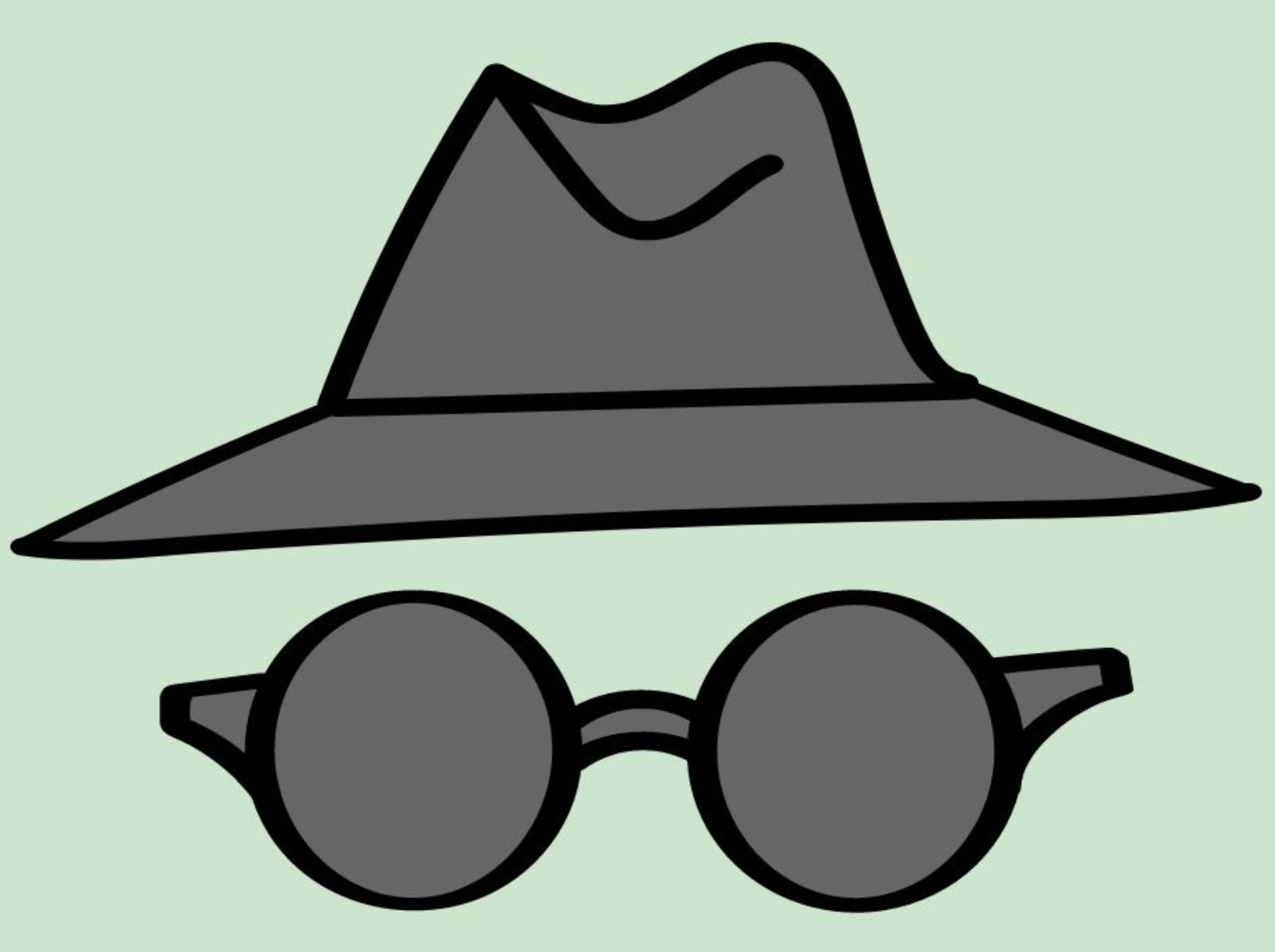For instance, a foot…is basically a foot length. So there’s this foot-measuring waddle some people do walking literally heel-to-toe to get a general sense of the space. An inch is kinda a finger width, etc (they’re all not perfect by any sense).
I’ve decided to just take the plunge and basically re-learn all my measurement systems because I’m seeing less and less of those being used. I started with just memorizing all the conversions but that’s literally just adding another step. Everything I own basically has settings to switch or show both measurements (like tape measures) so I’m just going to stop using Fahrenheit and the United states “Customary System” all together.
Any tips or things you’re taught or pick up on? There’s a funny primary school poem for conversion of customary liquid measurements,
Land of Gallon
Introducing capacity measurement to learners can be challenging. To make this topic more accessible and memorable, we can integrate creative and interactive activities into our teaching approach. Using storytelling, we can transform the sometimes daunting task of learning measurement conversions into a whimsical tale.
- In the Land of Gallon, there were four giant Queens.
- Each Queen had a Prince and a Princess.
- Each Prince and Princess had two children.
- The two children were twins, and they were eight years old.
Once students are familiar with the story be sure they see the connection between the story characters and the customary units of capacity measurement. If necessary, label the story pieces with their corresponding units of measure: queen = quart, prince/princess = pint, children = cups, 8 years old = 8 fluid ounces. You can reduce the number of customary units in the story based on student readiness. link
tl;dr looking for anything to remember the hierarchy and memorizing the metric and Celsius measurement system, sometimes explained in schooling or local sayings. (if I had an example for those systems I would give one lol).
My 2 cents to some of the really good comments already mentioned. 1kg is 2 US lbs +10%. Learn what 10cm is, use that as base for small stuff Learn a stride that’s 1m. 1m is approx 3ft Get a good scale in grams Celcius is linear, Fahrenheit is not. Hence 0 freezing, 100 boiling, 50 is exactly half that amount of energy.
Now if you’re into engineering I’d recommend you grab yourself a caliper and measure some of the common products you can buy. You’ll notice that anything in 16th, 32th or even 64th is a most likely an approximation to a perfect size in mm.
It’s important to realize that the US is the only real producing country in the world using US customary. Relatively speaking there’s very little actual manufacturing being done in true US customary.
For distance:
- learn to do a 1m pace
- measure your height to compare against other things
- measure the length of your finger gun (mines basically 150mm)
For temperature (for me):
- below 6 think about wind chill and keep warm
- 6-10 = warm jacket weather
- 10-14 = pants and sweatshirts
- 14-18 = great exercising weather
- 18-22 = shorts and t-shirts or light sweatshirt.
- 22-26 = very warm
- 26-30 = uncomfortable
- 30+ = sweating just walking around
For weight, it is too dependent on your strength. For some, lifting a 20kg sack of flour would be to much, for others grabbing two 40kg sacks of cement per trip to the palet is normal.
A good base is knowing milli is a thousandth and kilo is a 1000 1000 milligram = a gram, 1000 grams = a kilogram 1000 millililters = a liter, 1000 liters = a kiloliter 1000 millimeters = a meter, 1000 meters = a kilometer
Plus, they’re all connected. 1 gram of water is 1 milliliter and takes up 1 cubic centimeter.
A good base is knowing milli is a thousandth and kilo is a 1000
YES! I feel like a common pitfall people run into is trying to bust out all sorts of fancy prefixes, deka, hecto, centi, deci, etc and then people get overwhelmed by all of that.
The most common prefixes are kilo 1000x or milli 1/1000. That’s all you should focus on.
I mean centimeters is probably the most common in households and centiliters at least in cocktail recipes. But yes, you don’t really need deka, hecto or deci in your daily life and you can grow up not knowing they exist at all. It would also make things like tape measures too complicated to look at.
centimeters is probably the most common in households
I’m curious, where are you from? In the US, I’d say we think of centimeters as a pseudo-inch, so I think I understand why people would gravitate to centimeters here.
But do other countries use centimeters as much? I’m especially curious about really metric countries like Japan or (who else?) France? Germany? I wouldn’t be surprised if Canada or UK use centimeters.
Related: centimetres or millimetres
I’m from Germany and we use cm a lot. I can’t imagine not having anything between mm and m, the gap is huge. Those are probably the most used ones in daily life and km for distances farther than 999 m.
Here’s a common German tape measure next to a book, which is 20.6 cm (206 mm, 0.206 m) long:

1L of water is 1kg
😀 1 liter of water is heavier than one kilogram…





